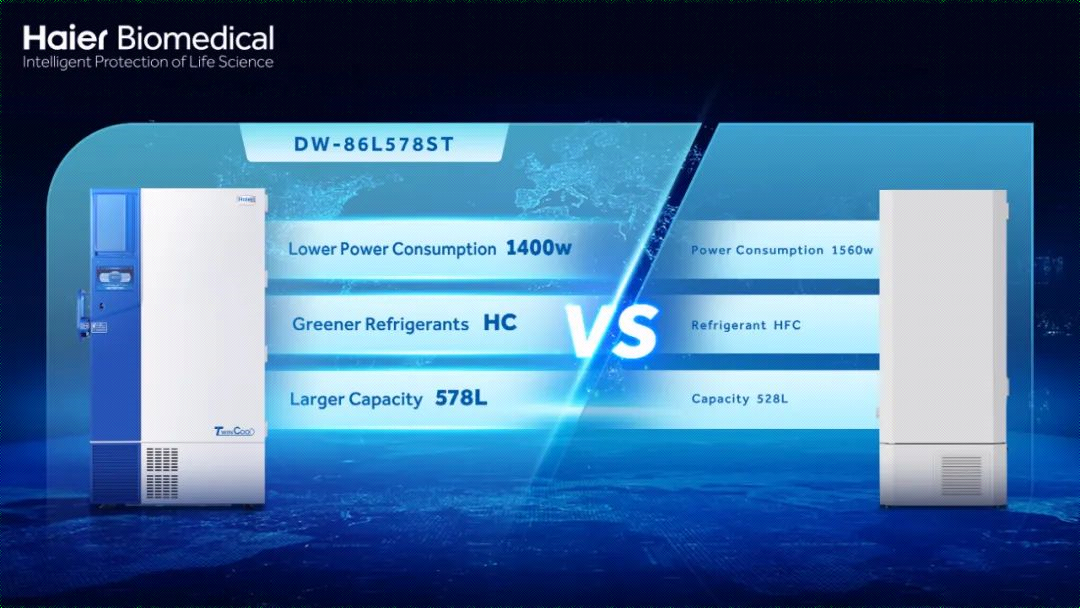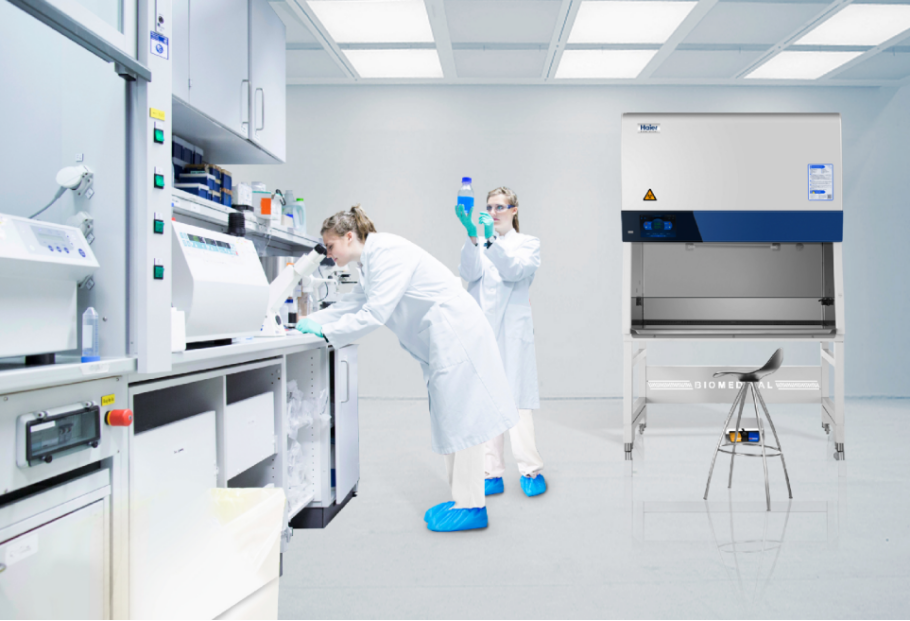With the development over time, many industries, including cold chain, medical, chemical, to name a few, have put forward higher requirements for the refrigeration of refrigerators. As an indispensable member of the refrigeration process, refrigerants have also witnessed the evolution direction of science and technology in the past hundred years.
As early as 1834, an American named Jacob Perkins found that the evaporation of certain liquids would produce a cooling effect. Based on this, he first developed the vapor compression refrigeration cycle. Since then, diethyl ether (ethyl ether), CCL4, and other refrigerants successively appeared and opened a new era of refrigeration equipment.
However, refrigerants at this stage were combustible or toxic mostly and even highly corrosive and unstable, so they caused accidents frequently. Meanwhile, with the end of World War I, more refrigerating machines were produced, and the development of refrigerants began to turn to safety and performance.
In 1931, Midgley screened out chlorofluorocarbon refrigerants, such as R12 and R22, from many hydrocarbons. After repeated tests on such refrigerants, researchers concluded they were safe, stable, and with good thermal performance. Refrigerants thus entered the CFCs and HCFCs stage.

In the middle of the 1970s, more attention was paid to the depletion of the ozone layer, so people began to resist CFCs (commonly known as freon). In 1987, after the signing of the Montreal Protocol, HFCs (hydrofluorocarbons) became widespread rapidly with excellent energy efficiency and environmental friendliness. But in recent years, the harms of global warming have come into focus, so HFCs, one of the six sources of greenhouse gases listed by the Kyoto Protocol, have also become the target of much criticism.
As the most environmentally friendly refrigerants, hydrocarbon refrigerants are advantageous in environmental protection and energy saving. They contain no chlorine atoms and do no harm to the ozone layer. In addition, as their GWP is close to zero, they have nothing to do with the greenhouse effect compared with HFCs. In terms of energy saving, featuring low freezing points and high latent heat of evaporation, hydrocarbon refrigerants can cool faster in unit time, thus reducing power consumption and improving energy saving rate. Hydrocarbon refrigerants have been widely promoted and applied in the European and American markets.
However, some foreign countries are still using HFCs as the main refrigerants for the air conditioning, refrigerator, and other refrigeration industries. HFCs, though harmless to the ozone layer, can produce an atmospheric greenhouse effect tens of thousands of times that of carbon dioxide. According to the European Environmental Investigation Agency, the total amount of HFCs entering the EU market in 2018 was equivalent to 117 million tons of carbon dioxide as far as their harm to the climate is concerned. These greenhouse gases are as harmful to the atmosphere as the exhaust emissions of four large coal power plants or four million cars.
In fact, at the 2016 United Nations General Assembly in Kigali, Rwanda, 197 countries signed a new legally binding climate agreement, the Kigali Protocol, agreeing to reduce the use of HFCs to combat the growing warming crisis.
As the leading global supplier and manufacturer of cold chain solutions, Haier Biomedical continues to lead the industry in environmental protection. It has developed various environment-friendly technologies featuring both efficient and environment-friendly properties and global leadership, such as hydrocarbon refrigeration technology, “combined cold and heat storage constant-temperature equipment and control method” technology, and ultra-low temperature frequency conversion technology. Haier Biomedical has obtained 56 energy conservation and environmental protection certificates concerning 28 models, and its multiple products have passed the national energy conservation certification (CQC) and environmental certification (CQC) in China and the American Energy Star certification (EPA). Haier Biomedical has led the change and created history for China with leading energy saving and energy consumption determination criteria for low-temperature refrigeration equipment.

In the meantime, Haier Biomedical’s Solar Driven Factory has been operating for more than two years. With over 3,672 high-efficiency solar modules running together, it can produce 150,000 kWh of solar electricity monthly and reduce about 150 tons of carbon emissions (with coal-fired power generation as a reference), contributing to environmental protection and sustainable development.
Haier Biomedical is also the first company in the world to design and manufacture the full-line upgrade of fluorine-free hydrocarbon refrigeration. By the end of 2022, all product series of Haier Biomedical have applied the hydrocarbon refrigeration technology.

Taking Haier Biomedical's TwinCool ULT Freezer as an example, the product has innovatively combined intelligent frequency conversion technology with dual-system refrigeration technology to achieve zero pollution, high environmental friendliness, and energy saving compared to the traditional HFC refrigeration system. It has surpassed foreign brands and passed the American Energy Star certification. The freezer is designed with dual independent hydrocarbon refrigeration systems; as each system can refrigerate down to -80℃, which ensures the sample storage security, even in the rare case of failure of either system.
Haier Biomedical will continue to develop superior products and solutions to help the sustainable development of the environment and contribute strength to global environmental protection.














.png)




























